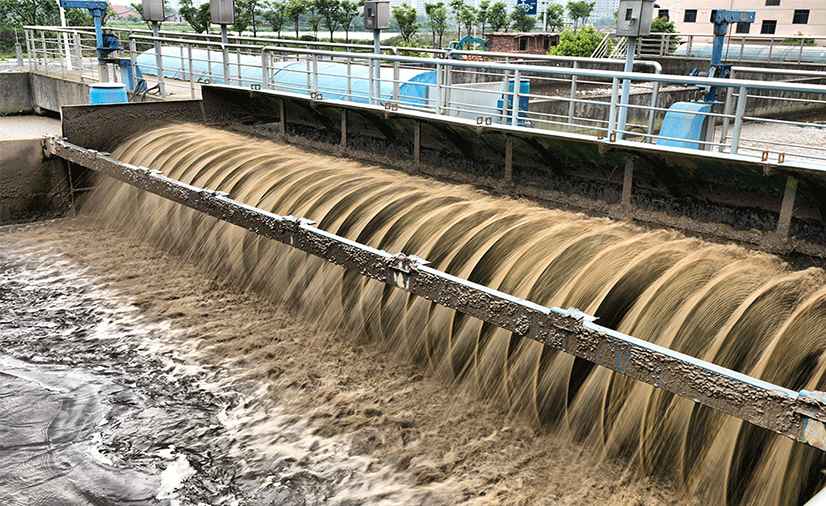
This flocculant is a polymer that does not introduce charged groups in synthesis. The important ones are polyacrylamide, polyoxyethylene, polyvinyl alcohol, polyvinylpyrrolidone, polyvinylmethyl ether, polyalkylphenol-ethylene oxide, etc. Nonionic polyacrylamide can be prepared by aqueous solution, precipitation, inverse suspension and other polymerization methods.
The traditional nonionic polyacrylamide aqueous solution polymerization system has high viscosity, low molecular weight and low solid content. Some people use the method of adding dispersant polyethylene glycol to the polymerization system to increase the solid content to 20% and the polymer molecules to more than 3 million.
Due to the limitation of application range, nonionic flocculant is gradually replaced by water-soluble amphoteric polymer flocculant. Amphoteric flocculant molecular chain contains both positive and negative electric groups, which is suitable for sewage with coexistence of anion and cation, and has good flocculation and sludge dewatering effects. PH has become a research hotspot because of its wide application range and good salt resistance. Compared with other flocculants, amphoteric flocculants have good application prospects in the following two aspects.
The sludge treated with amphoteric flocculant has good settleability and low water content of sludge cake.
Because the anionic and cationic groups in its molecules can be chelated with metal ions and released at the isoelectric point, metal ions can be separated and recycled by this property.
Amphoteric polyacrylamide flocculant can also remove small and medium molecules, such as colored substances and humic acids. If you have other questions, please continue to pay attention to Sinofloc Chemical!